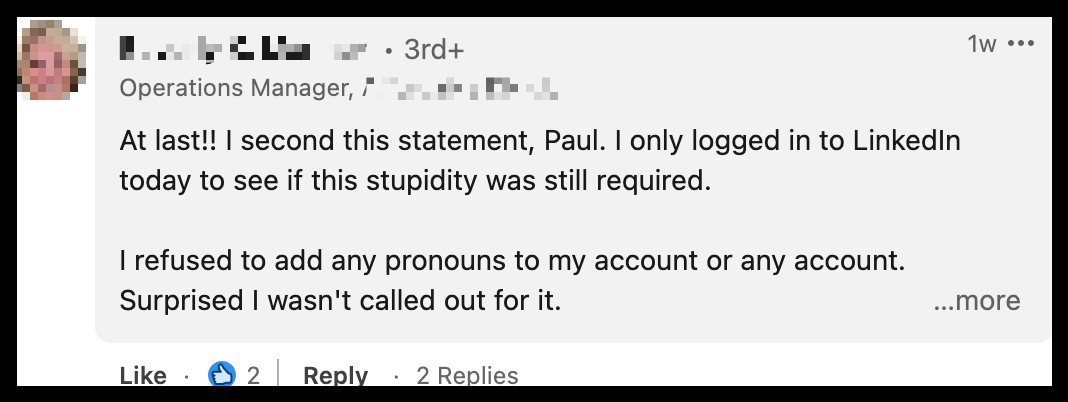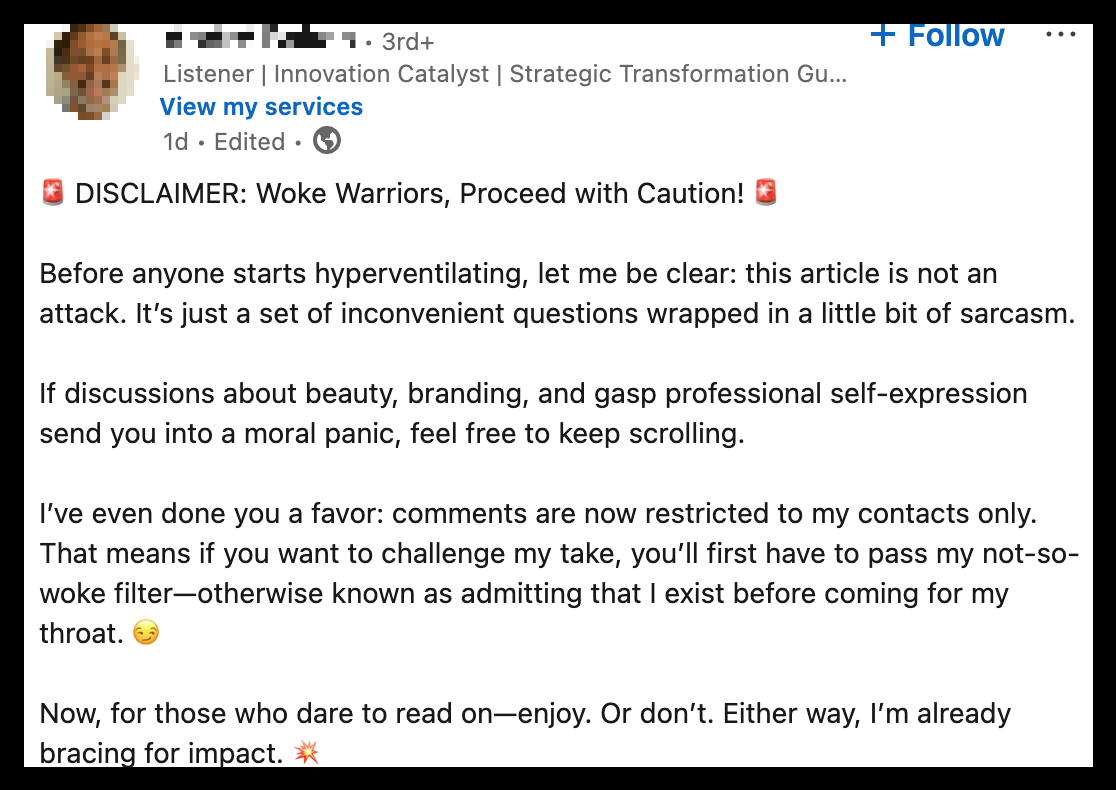It’s been difficult to make myself come here and blog.
Somewhere along the way, things on the internet changed. I used to enjoy writing updates in a blog post, letting friends and family know what had been going on around here, what I was up to, or even just what I was thinking. I knew that there were certain people who followed my blog pretty frequently and would often comment or even just acknowledge that I had posted something. It was a nice community feeling, and I would read other people’s blogs as well. Somewhere along the way this all shifted. I think it probably had something to do with Facebook becoming the predominant platform for people posting updates and being able to keep up with many more people in that format.
It’s a real shame though, because now I’ve gotten myself off of Facebook, off of Instagram, off of Twitter, and I’m largely just biding my time here and on Bluesky.
I find myself not wanting to share content or updates or news or anything like that. I definitely feel more more guarded about what I share online.
Perhaps it’s because of all the horror stories I’ve read about people getting stalked or swatted or whatever, just because they said something someone else didn’t like or disagreed with. I’ve been thinking often about how the internet really has precipitated the downfall of humanity. It’s pretty sad because I thought it was going to be an awesome thing for quite a while.
It definitely had an un-jaded, innocent adolescence phase. However, what happened was that once the World Wide Web became more and more accessible and was starting to be carried around in everyone’s pockets, everything started to change for the worse.
I remember back in college I took a class on how to use the World Wide Web. It was a great introduction into internet culture, what it meant to have a flame war, what spam was, and what good netiquette was.
That’s a word you don’t really hear anymore. Netiquette. It’s a shame. Everyone thinks they have the right to just get very angry at everyone else now, and it’s taken a lot of the fun out of the whole thing.
Maybe if people had been required to take lessons about the internet in order to access it, and had to learn how easily you can be fooled by misinformation and how you need to be able to discern between what’s real and what’s not, we might not be in the predicament we’re in today.
So I don’t know, maybe I’ll take this blog down in the near future. Is anyone reading it? My web statistics say “no”. So this is pretty much an exercise in talking into the ether. I’m putting things into it, but getting out nothing.








